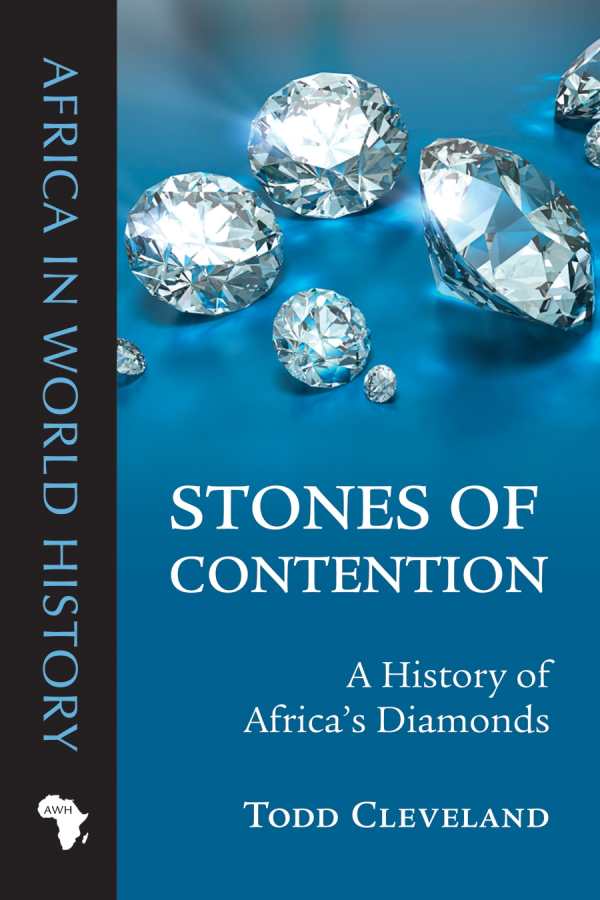Stones of Contention
A History of Africa's Diamonds
This true account of African diamond mining—good, bad, and ugly—brings an optimistic perspective of the continent’s economy.
Diamond mining has intrigued people since the 21.25-carat Eureka diamond was discovered in Kimberly, South Africa, in 1866. More important, mining has wreaked havoc on native populations forced to work for poor wages in dangerous and unsanitary conditions, often leading to death from respiratory ailments, mine fires, and floods. Todd Cleveland, assistant history professor at Augustan College (Illinois), presents a fascinating investigation of diamond mining and its consequences in Stones of Contention.
Interestingly, the author shows that diamond mining was not all bad, contrary to its depiction in novels and films. In Botswana and Namibia, diamond-industry income contributed to stable governments and to rapidly growing economies. Not so in Sierra Leone, Liberia, and Angola, the author chillingly describes, where blood diamonds were the currency that enriched a few despots and led to mass murders, rapes, mutilations, and displacement of the citizens.
Cleveland’s vivid and concise prose brings to life the tragedies suffered by miners and how despots accrued their bloody wealth. For example, he succinctly describes Angola’s protracted war: “In fact the war in Angola lasted in great part because diamond resources simultaneously supported so many entities. And because the individuals most responsible for the war were benefiting from its perpetuation.” Apt descriptions such as this are found throughout and make clear why diamond wars were fought throughout the continent.
Botswana and Namibia’s governments, especially, recognized that “development diamonds” could fuel growing middles classes. Cleveland’s upbeat assessments of Botswana, currently recognized as an “African miracle,” and Namibia, described here as an emerging diverse economy, portend a new era for the continent where democracy and more disposable income for all would flourish. Readers will be encouraged by Cleveland’s compelling case that a better quality for Africans is in reach.
Each chapter includes a list of selected readings that accompany the footnotes. These readings are a helpful guide for those who want to further explore diamond mining and trade in historical and global contexts. In addition, each chapter includes several challenging discussion questions that are appropriate for graduate-level students. At times, this well researched work, based on the author’s doctoral research, lapses into an overabundance of statistics. Despite this, historians, political scientists, and informed general readers will find this illuminating and thorough account of significant interest.
Reviewed by
Karl Helicher
Disclosure: This article is not an endorsement, but a review. The publisher of this book provided free copies of the book to have their book reviewed by a professional reviewer. No fee was paid by the publisher for this review. Foreword Reviews only recommends books that we love. Foreword Magazine, Inc. is disclosing this in accordance with the Federal Trade Commission’s 16 CFR, Part 255.

